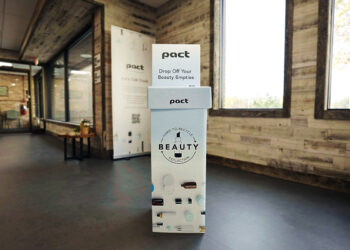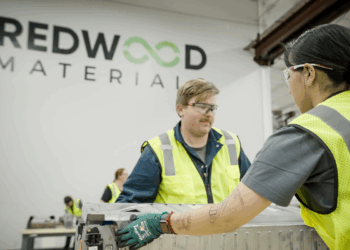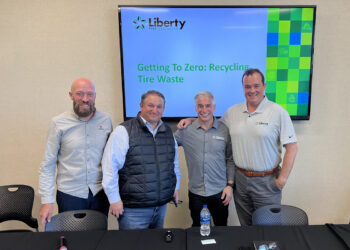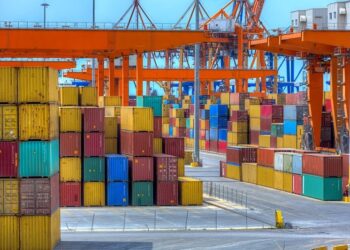When Energizer developed a battery with 4 percent recycled content, company officials agonized over whether to market the achievement to the public. The concern was the 4 percent figure would leave consumers asking, “Why not more?”
But ultimately the company did move to publicize its product, which had resulted from seven years of research and development.
“We try to educate our customers just how monumental that is,” said Marcus Boolish, director of regulatory and government affairs for Energizer.
Boolish, speaking during an April 19 webinar, talked about Energizer’s experience with the EcoAdvanced AA and AAA batteries, released in early 2015.
The batteries contain 10 percent recycled content in one key active ingredient, he said, but 4 percent recycled content when measured against overall product weight (the number is 3.8 percent for the AAA batteries).
Energizer aims to boost recycled content to 40 percent by 2025.
“We do envision a day when all Energizer batteries contain recycled content,” he said.
Roots of the idea
In 2008, Boolish and co-workers were touring a recycling facility when they saw a steaming pile of battery materials out back, waiting to be used in roadbed construction. They knew there had to be a better way to recycle the products, he recalled.
The challenge with battery-to-battery recycling is the high purity required of materials. Impurities can lead to gassing and leakage. “Battery materials, in a lot of cases, are more pure than pharmaceutical-grade materials,” he said.
Other challenges included developing a recycled-materials supply chain, a new approach for a company that for a more than a century had relied on a virgin supply chain. Another difficulty was working with regulators who viewed recycled batteries as waste, not feedstock for manufacturing.
“The very governments, in some cases, that were demanding that we recycle products were the ones that made it the hardest for us to recycle materials back into our products,” he said.
The webinar was organized by greenbiz.com with support from battery stewardship group Call2Recycle. It also included presentations from Carl Smith, CEO and president of Call2Recycle, and Betsy Dorn, consultant at Reclay StewardEdge, a Toronto-based consulting firm.
Dorn co-authored a recently released white paper entitled “Shifting the Focus from End-of-Life Recycling to Continuous Product Lifecycles.” The paper will be further explored in the May print edition of Resource Recycling magazine. Click here to subscribe to Resource Recycling magazine.























